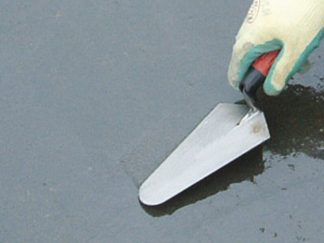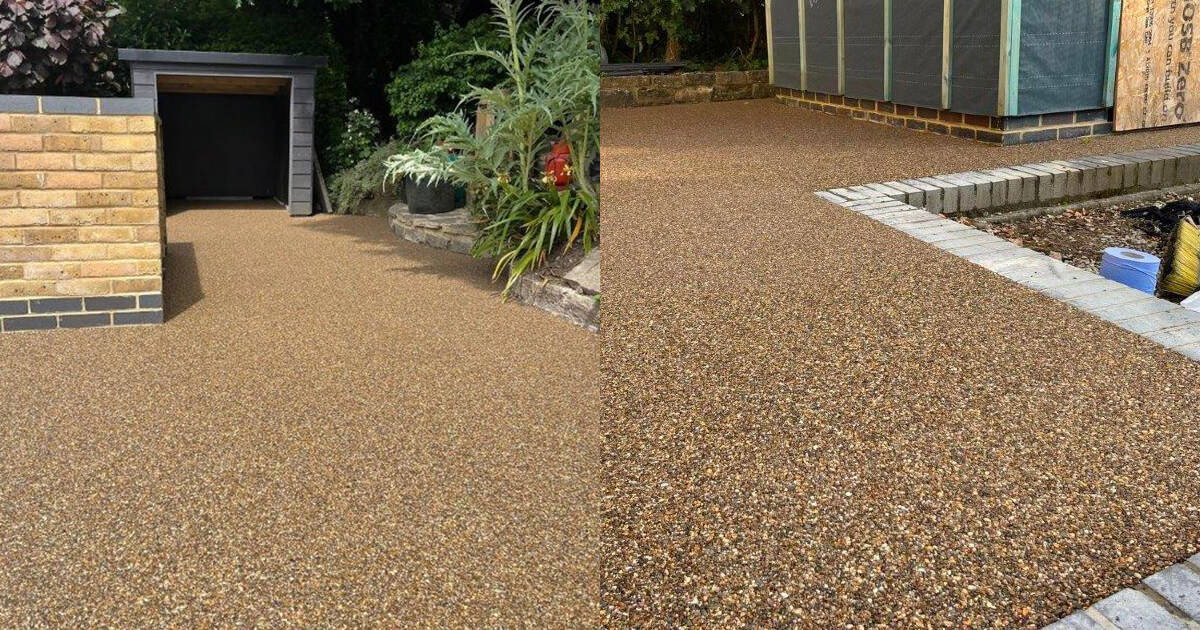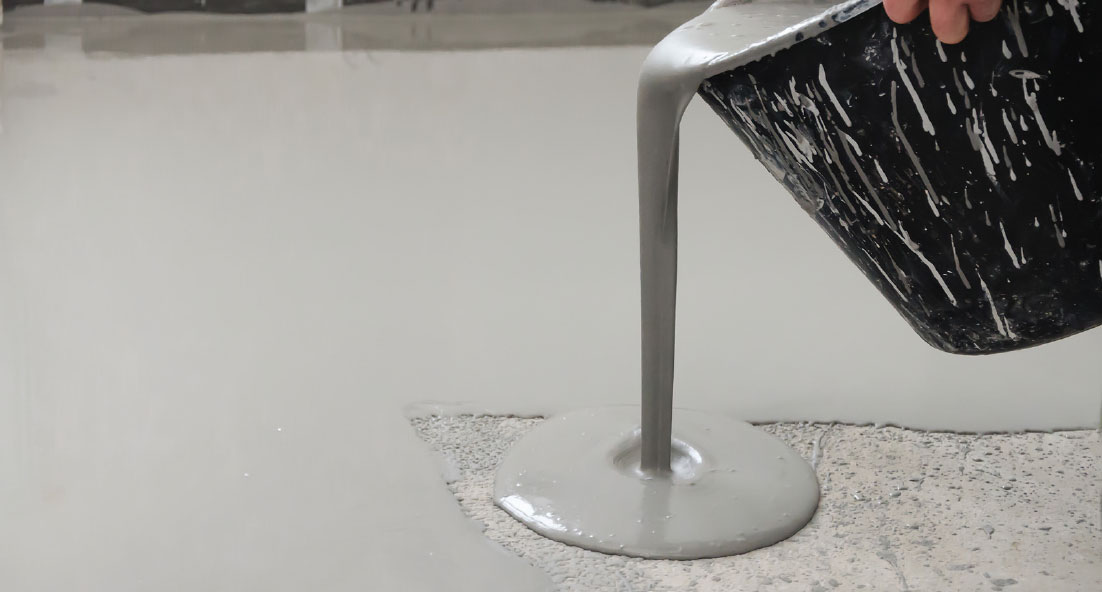Typical Uses:
Filling wider joints, cracks and holes, prior to application of other brush applied coatings. Ideal as an emergency compound coating due to its unique ability to adhere to a wide variety of substrates, in the pouring rain – even underwater.
Wetterflex TG is a trowel-applied, very dense solvent-based waterproof roof repair compound consisting of modified bitumen, mineral fillers, fibres, water-displacing agent and a specialist polymer to achieve exceptional adhesive strength to all roofing materials.
It may be applied in dry or wet conditions, during heavy rain or even under water, and is impermeable to water immediately after application.
Ideal for repairing gutter joints and flashings, asbestos sheets, large cracks or holes and bad expansion areas
Number of parts:1
Application temperature:5oC to 35oC
Curing time:Between 24 and 72 hours
Coverage:3 litres per m2 (giving 2mm wet thickness)
Please consult the technical data sheet for full product technical data.
Preparation:
Thorough substrate preparation is essential.
The repair area should be clean, sound and free of flaking or loose material, moss or fungal growth should be treated with Polycote Destroy It to inhibit further growth. Metal surfaces should be free of loose and flaking rust. Cracks and joints wider than 3mm should be raked clean and opened out prior to filling with Wetterflex TG.
Application:
Stir before use.
Having prepared the surface, apply Wetterflex TG using a trowel.
Joints and cracks should be filled slightly proud of the surrounding area and thinly overlapping the sides.
Polycote Flexible Membrane should be used to reinforce repairs over any cracks or joints that are subject to movement.
The membrane should be cut to approximately 100mm wide strips of appropriate length and laid into the cracks immediately, stippling with a paintbrush to integrate the membrane into the wet coating.
After all necessary membranes are embedded, an overall coating may be applied by brush. If this is done immediately, care should be taken when over-coating the placed membranes to avoid disturbing them.
If possible, allow overnight setting of the embedded membranes before applying the second coat, making sure to completely cover the membrane.
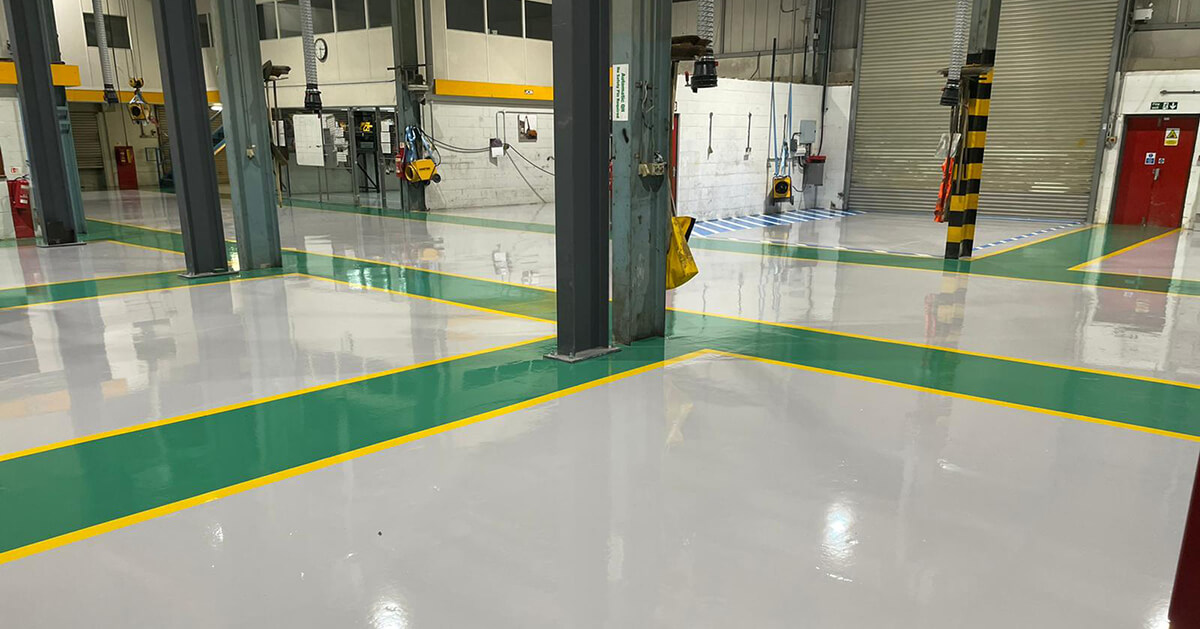


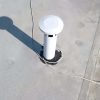
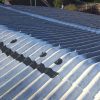
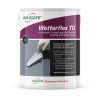

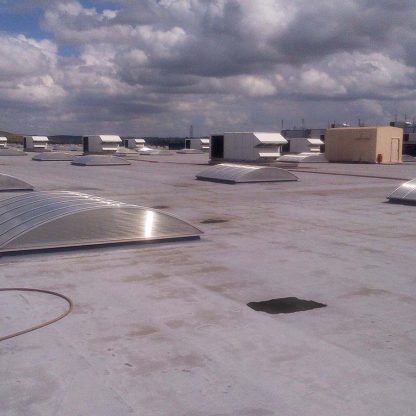
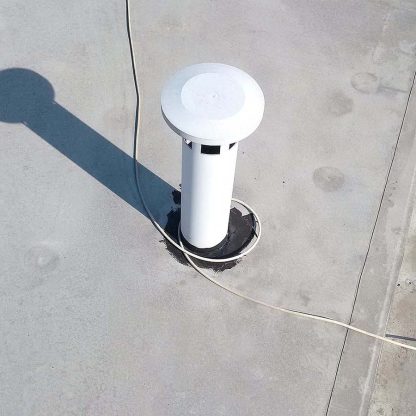
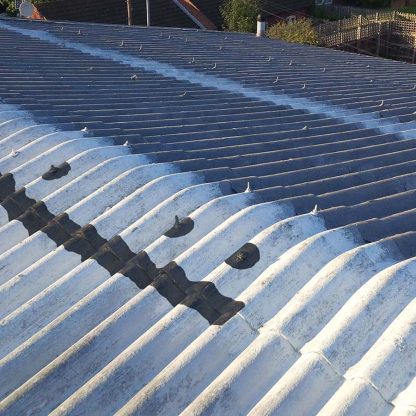

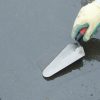
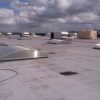
 Technical Data Sheet
Technical Data Sheet 